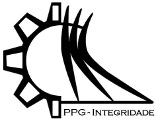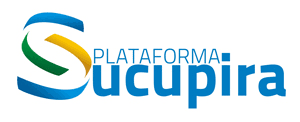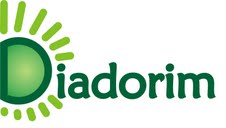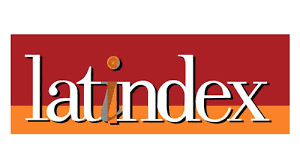ANÁLISE TERMOELÁSTICA EM CONCRETO MASSA UTILIZANDO O MÉTODO DOS ELEMENTOS FINITOS
DOI:
https://doi.org/10.26512/ripe.v2i26.20778Keywords:
Elastodinˆamica. Transferˆencia de Calor. Elementos Finitos. Python. Concreto Massa.Abstract
Nesse trabalho serao apresentados os modelos matemáticos para o problema elastodinâmico plano e para o problema da transferencia de calor, em seguida suas respectivas discretizacoes por meio do metodo dos elementos finitos. Ambos os modelos sao utilizados para descrever o problema de inducao de tensoes causadas por efeitos nao mecânico, por exemplo, efeitos termicos. Em grandes estruturas de concreto massa a induc¸ ˜ao de tensoes por efeitos termicos pode ser nociva `a integridade da estrutura, uma variação de 10C pode ser suficiente para induzir tensoes de tracao superiores `as tensões últimas resistidas pelo material. Os problemas podem ser tratados de forma independente assumindo que a resposta mecânica nao afeta as condicoes do problema térmico, um pseudo acoplamento que simplifica a implementação computacional. A solução das equações discretas pelo método dos elementos finitos ´e realizada por meio das bibliotecas elastopy e diffuspy, produzidas em Python, ambas são softwares livres e estão disponibilizadas atraves do ındice de pacotes PyPi.
Downloads
Published
Issue
Section
License
Given the public access policy of the journal, the use of the published texts is free, with the obligation of recognizing the original authorship and the first publication in this journal. The authors of the published contributions are entirely and exclusively responsible for their contents.
1. The authors authorize the publication of the article in this journal.
2. The authors guarantee that the contribution is original, and take full responsibility for its content in case of impugnation by third parties.
3. The authors guarantee that the contribution is not under evaluation in another journal.
4. The authors keep the copyright and convey to the journal the right of first publication, the work being licensed under a Creative Commons Attribution License-BY.
5. The authors are allowed and stimulated to publicize and distribute their work on-line after the publication in the journal.
6. The authors of the approved works authorize the journal to distribute their content, after publication, for reproduction in content indexes, virtual libraries and similars.
7. The editors reserve the right to make adjustments to the text and to adequate the article to the editorial rules of the journal.









